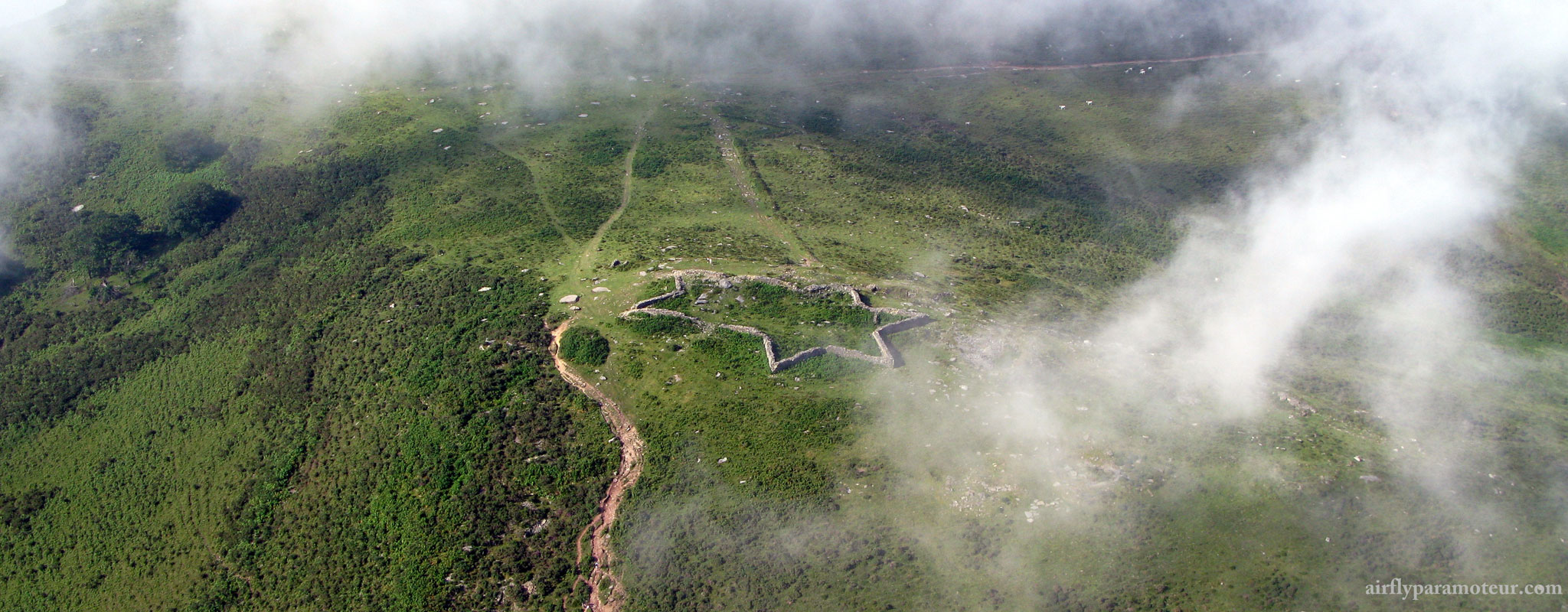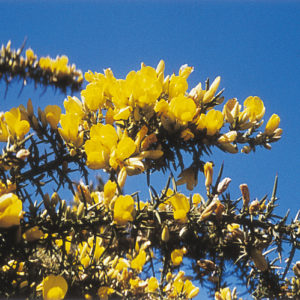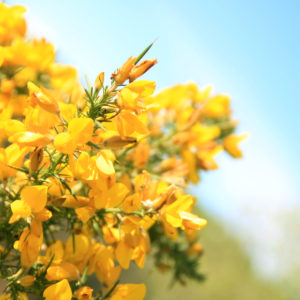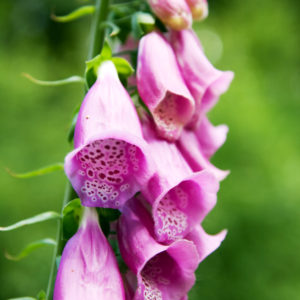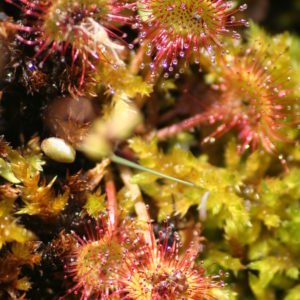On the slopes of La Rhune Mountain, we see a countryside composed of herbs, lichens, mosses, and sub-shrub such as gorse (known here as “tuya” used as fuel for lime kilns) and various species of Scotch heath: ciliated, with broom and arborescent, etc.
Listen to the soundtrack :
Eagle fern also covers the mountain slopes and provides amazing colours in the autumn.
A few trees and shrubs provide erosion resistance. The Tauzin oak can be seen here and there, feeding on the acidic soils), the chestnut tree, the boulot, the elm, etc.
A few metres below the summit, after the sandstone and puddingstone cliffs, we see the ash-tree fault followed by a beech grove and ending at the Larrungo erreka stream. Here, beech trees grow in clusters and serve as a refuge for the Manech sheep. In autumn, this tree produces edible beechnut which is particularly rich in oil and attracts wild boar.
Foreign species have also been introduced to re-forest the La Rhune Mountain such as the American Red Oak, the Japanese chestnut tree (which is highly-resistant to ink disease), the Douglas and Weymouth pines, the acacia, etc. Lawson Cypress trees serve as artificial hedges.
The plateau of Three Fountains is essentially a large peat-bog. It is a very special biotope hosting sphagnum, an ancient moss possessing exceptional absorbent power whose dead parts form a thick spongy layer which does not decompose.
Here is found the Sundew (meaning “sunset”), a small carnivorous plant which also profits from the very acidic peat-moss soils.
The toxic Foxglove is ubiquitous on the mountain in the month of May and contains digitalin which used to treat cardiac disease.
We then come to Saffron , with 3 stamens and a purple bloom which appears in the early days of autumn.

